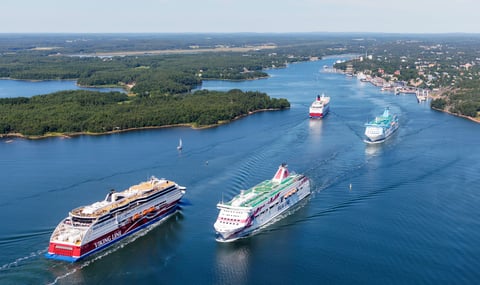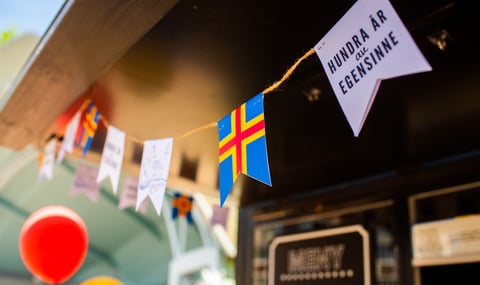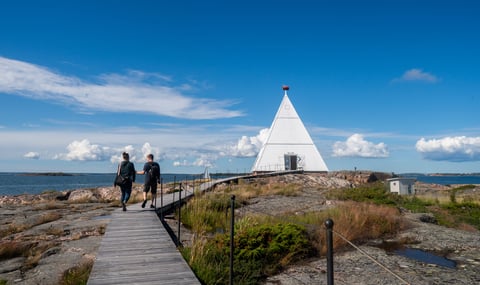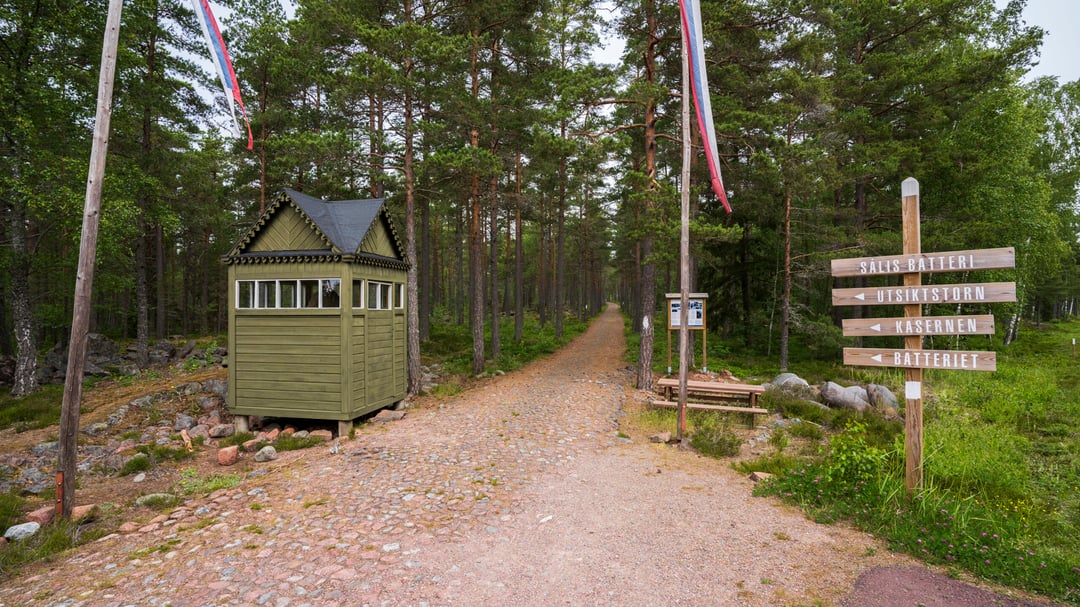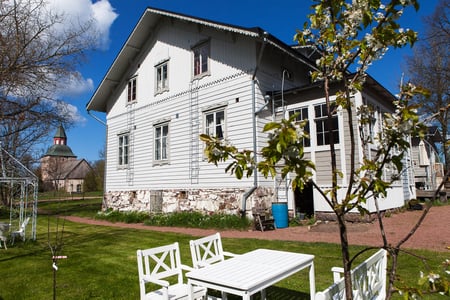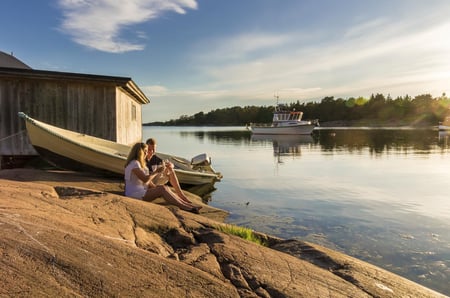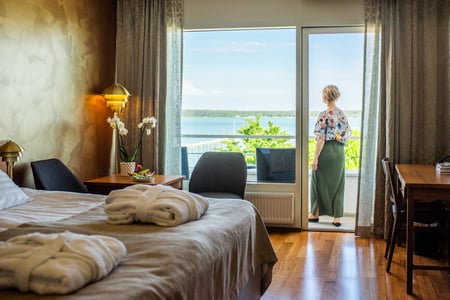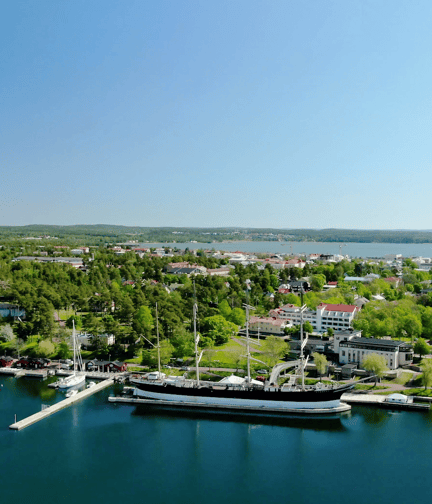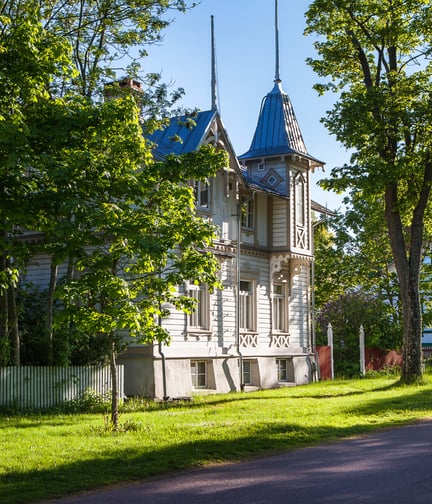Åland history
During the Middle Ages Åland was in the middle of the heart of Sweden, between the fairway from east to west. Thereafter Åland became the Russian Empire’s westernmost outpost. Today Åland is an automous part of Finland.
8000 B.C. The highest parts of Åland emerge from the sea.
5000 B.C. The first human beings, hunters and fishermen, came from the east. They belong to the Comb Ceramic culture. Seasonal settlement.
3300 B.C. New immigrants come from the west, belonging to the Pitted Ware culture. First signs of primitive agriculture and cattle raising. Permanent habitation.
500-800 A.D Population increases rapidly. Settlement spreads over the Main Island.
10th century Dense settlement in the Main Island. Large numbers of farmstead cemeteries and house foundations exist from this period. Extensive trade connections with neighbouring countries. First traces of Christianity emerge.
13th century Several churches originate from this period. Åland is subject to the Swedish Crown. Place-names from Åland are documented for the first time in a 700-year-old description of a sailing route from Blekinge in Sweden via Åland to Reval (now Tallinn) in Estonia.
1388 Kastelholm Castle is mentioned for the first time.
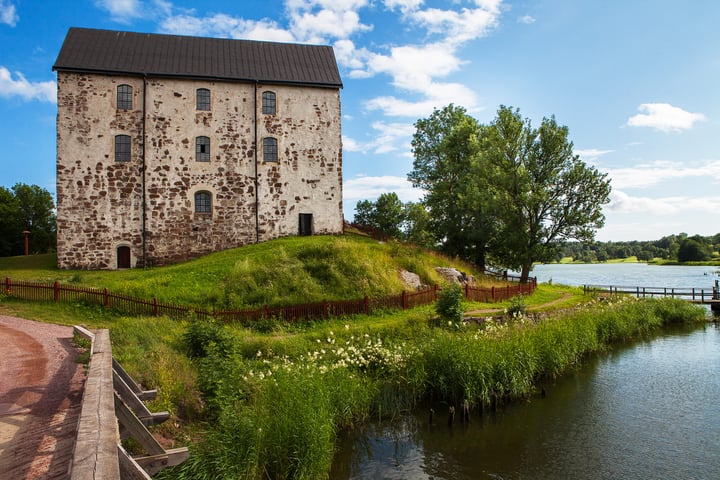
1521-23 Fighting in Åland between Swedes and Danes during Gustav Wasa’s war of liberation.
1638 Regular mail services are organized between Sweden and Finland across Åland.
1714 Åland is devastated by the Russians during the Great Wrath. The majority of the population flees to Sweden.
1721-23 The inhabitants return to Åland.
1742-43 Russian troops occupy Åland again during the Lesser Wrath.
1809 Åland is conquered by the Russians. Sweden loses Finland and Åland at the Peace of Fredrikshamn.
1854 Bomarsund Fortress is captured by British and French naval forces during the Crimean War.
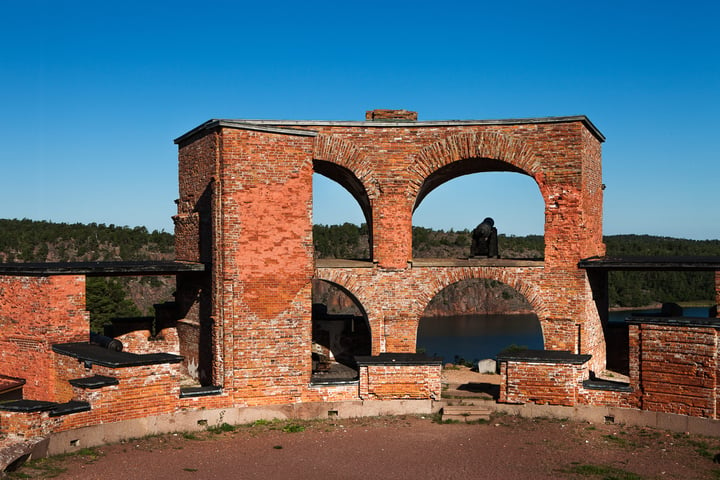
1856 At peace negotiations after the Crimean War the Åland Islands are declared a demilitarized zone. Freedom of trade is introduced, resulting in a vigorous development of peasant seafaring.
1861 The town of Mariehamn is founded on land belonging to Övernäs village in Jomala.
1886 The Önningeby colony, an artists’ colony round Victor Westerholm is formed.
1895 The Åland Folk High School begins its activities in Jomala but is relocated to Finström in 1898.
1917 The Russian Revolution. The desire of the Ålanders for reunion with Sweden is announced publicly for the first time at a meeting at the Folk High School on 20 August. Finland proclaims its independence on 6 December.
1918 The Civil War affects Åland. Fighting in the region of Godby between the Red Guard and the Nystad Corps. Swedish troops of about 600 men land and commence negotiations to prevent further clashes. A German naval squadron intervenes, after which all military units leave Åland. A non-legalized “Parliament” is constituted.
1921 The Åland Islands question in settled in the Council of the League of Nations. Finland is awarded sovereignty over the Åland Islands.
1953 Åland receives its own flag.
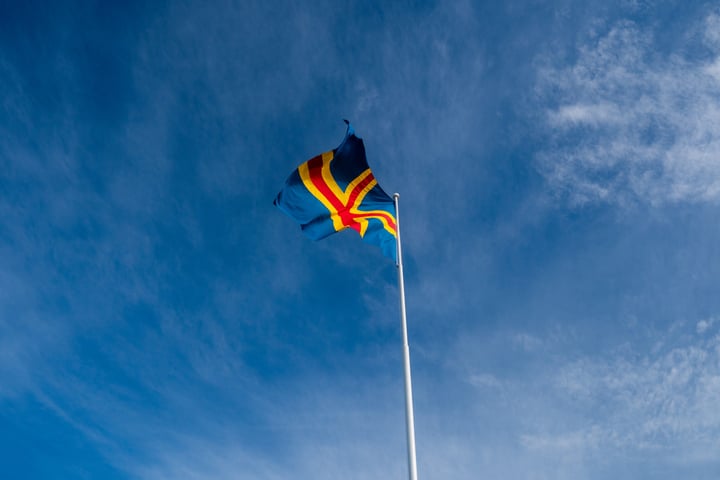
1984 The first Åland postage stamps are issued.
1995 Together with Finland, Åland joins the EU.
2002 Mark is replaced by Euro as the currency in Åland.
